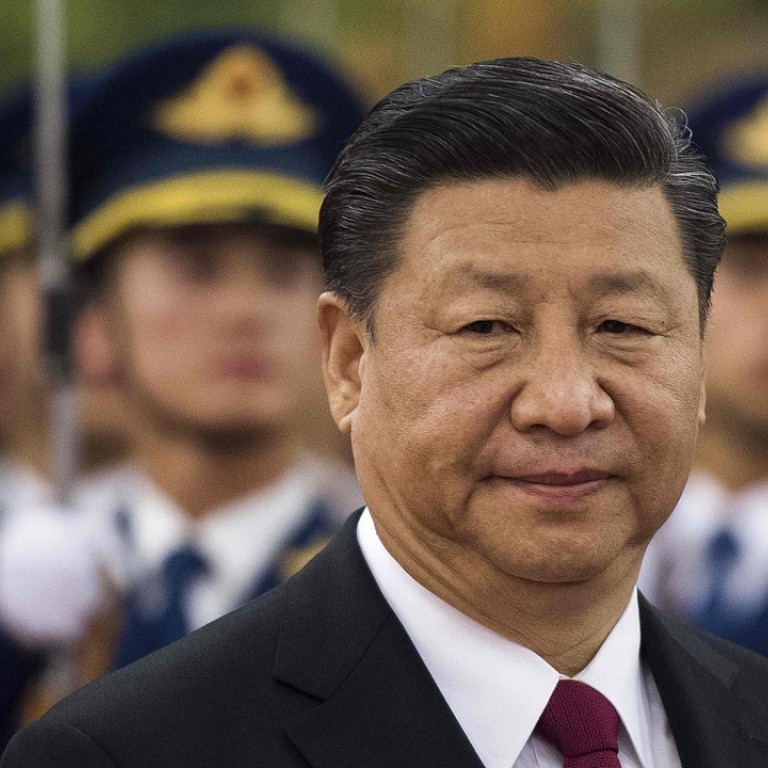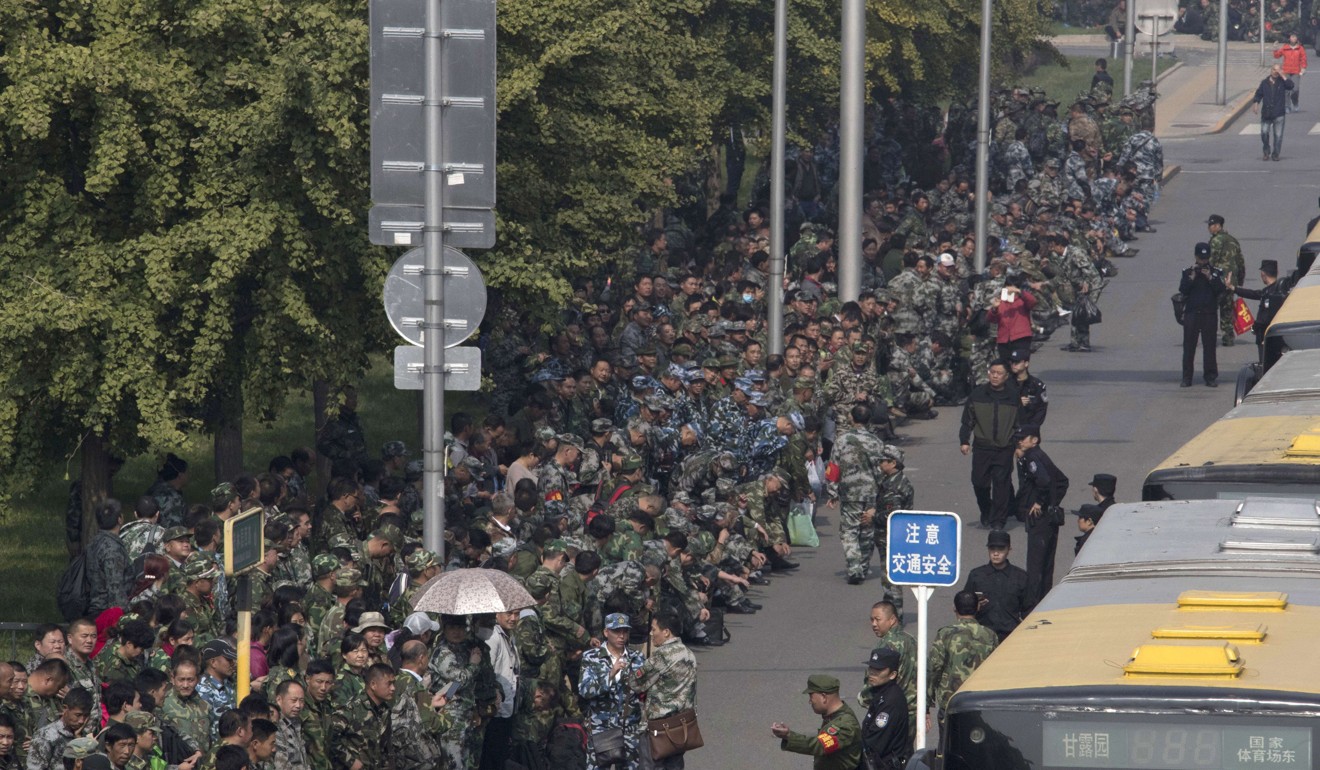
Why Xi Jinping is once again letting China’s military have a direct link to local authorities
Officers from the armed forces are resuming seats on local Communist Party standing committees, signalling a big shift in confidence at the top
The announcement was just a simple, one-line statement in the official Hubei Daily.
With little fanfare, it said “Comrade” Ma Tao would be a member of the standing committee of the Hubei branch of the Communist Party.
It coincided with a flurry of similarly brief announcements in official media across the country, from Liaoning in the north to Anhui in the east.
But while the statements may have seemed small, they were a big signal from the top. They were a subtle but significant sign that Chinese President Xi Jinping had the confidence to let the armed forces once again forge links with local civilian authorities following an anti-graft campaign and a sweeping restructure of the military.
Why China’s armed police will now only take orders from Xi and his generals
Party standing committees are the main decision-making bodies of any administration in China and the military has long had a presence on them at all levels. The practice dates back to the 1950s when then-defence minister Peng Dehuai suggested that officers from the People’s Libration Army (PLA) join government meetings to improve coordination between military and civilian affairs.
The presence has allowed the PLA to advocate for military interests in those areas without becoming involved in the day-to-day running of the administrative regions.
But that came to an abrupt halt in late 2016 when the central government embarked on a massive restructure of the armed forces, including cutting 300,000 personnel from the payroll.
The changes were part of Xi’s big plan to streamline the military and transform it into a modern fighting force, regrouping the previous seven military regions, which used to command local garrisons, into five “battle zones”.
It also came amid a nationwide crackdown on corruption that claimed some of the PLA’s biggest names, including Guo Boxiong and Xu Caihou, former PLA generals and vice-chairmen of the Central Military Commission, the body that oversees the armed forces. Many of those top officers also had a web of corrupt with local government officials, thanks in some part to their presence on the standing committees.

The announcements that PLA officers would once again be taking up seats on the party standing committees is a strong signal that the military reforms have been completed and the PLA is regrouping, analysts say.
Ni Lexiong, a Shanghai-based military expert, said the PLA personnel were deployed to ensure the civilian governments supported the operations of the modernising army.
Modernising the military is not about the army only. The entire support system must be up to standard
“Modernising the military is not about the army only,” Ni said. “The entire support system must be up to standard.
China brings People’s Armed Police under control of top military chiefs
“When the army has people in the party standing committees, it has more influence in issues involving local garrisons and retired soldiers.”
The welfare of retired military personnel has already erupted as a major concern, with hundreds of veterans demonstrating in the capital in the last year or so, demanding unpaid benefits and better treatment. As more military personnel are retrenched, local governments have been charged with finding new jobs for veterans, increasing the importance of good connections between the PLA and local authorities.
Xi Jinping shakes up China’s military leadership … what changes at the top mean for world’s biggest armed forces

The officers on the standing committees will also play an important role in the drive to integrate military and civilian industries in weapons production, analysts say.
For the programme to succeed, local governments will need to encourage the transfer of technology across military and civilian sectors as well as back military-related industries.
Better civilian-PLA coordination will also be needed now that the 1.5 million members of the People’s Armed Police are under the military’s sole control.

Those powers are now the sole province of the PLA, making communication between the civilian and military authorities ever more important.
A Chinese political analyst said military commanders in local party leadership would help make sure the armed forces responded to local emergencies while answering to the army.
“The officers will solve the disconnect in paramilitary work,” the analyst said. “And when the army has a conflict of interest with a local administration, there has to be someone who speaks for the military.”

